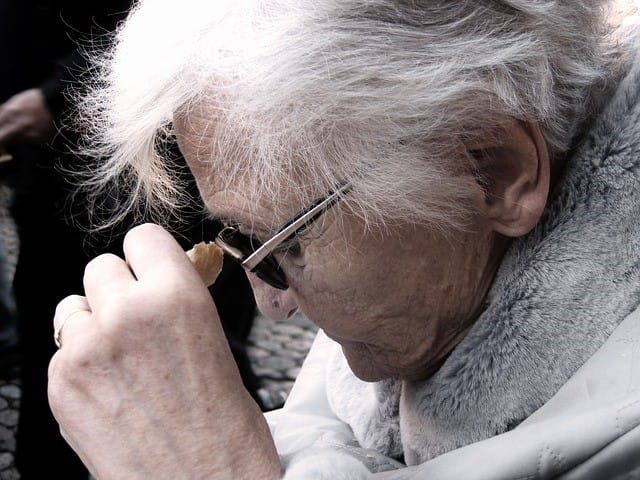Becoming an Alzheimer’s Caregiver: Advice and Preparations
February 1, 2018
Image via Pixabay
Submitted by Lydia Chan
What is Alzheimer’s Disease?
An estimated 5.4 million Americans suffer from the degenerative brain disorder Alzheimer’s disease. Most of those people are seniors aged 65 or older, with over 700,000 of them dying from Alzheimer’s or related conditions. Alzheimer’s falls under the umbrella of dementia, and the two share many of the same symptoms including memory loss, changes in personality, and other cognitive struggles. Other unexpected symptoms of Alzheimer’s disease include:
● Trouble discerning right from wrong.
● Physical instability and frequent falling.
● Inability to remember the function of commonly used objects.
● Consuming old, rotting food or other inappropriate objects.
● Loss of ability to pick up conversational tools such as sarcasm.
● Depression.
● Undetached or focused staring.
● Hallucinations or paranoia.
Alzheimer’s and Caregiving
Because the symptoms of Alzheimer’s make it more difficult to lead a normal life as the disease progresses, those with a diagnosis have to determine how they want to be taken care of when it becomes impossible for them to care for themselves. For many people, the best option is entering an assisted care facility where they can be closely monitored and healthcare is readily available. However, many don’t like the idea of leaving their homes in order to be cared for by strangers. Those who have the resources often hire an in-home caregiver or move to a loved one’s house where they will act as caregiver.
Becoming a caregiver for a loved one with Alzheimer’s is no easy task. Watching someone’s mental clarity and abilities decline beyond anyone’s control takes it toll on your emotions. With that being said, becoming a caregiver is also one of the most compassionate and caring things you can do for a loved one facing this scary diagnosis. It provides them with a sense of security and comfort in the final years of their life.
Preparing to Live with an Alzheimer’s Patient
Alzheimer’s disease is a progressive disorder, meaning it starts with some symptoms here and there but gets worse — eventually uncontrollable — over a period of time. Most patients retain lucidity for months or even years after an initial diagnosis. If your loved one is able to, have a conversation about their wishes and the best ways to go about preserving their dignity. It’s also a good idea to include children, spouses, or other family members in this conversation so their wishes are clear and to avoid family drama.
While many Alzheimer’s symptoms are mental in nature, it also affects a person physically. Because of this, it’s important to prepare your home for their arrival. You may need to make serious renovations to ensure their safety.
● Prepare a room for them on the first floor with direct access to a bathroom.
● Remove heavy or hazardous decor that could hurt them if dropped or shattered.
● Make stairs easier to navigate by placing safety ramps over them. If they use a walker or a wheelchair, this is absolutely necessary.
● Protect them from bruises and broken skin by covering sharp corners and edges on furniture with protective foam.
● Consider remodeling high-risk rooms including the kitchen and bathroom where accidents are most likely to occur. The average cost to remodel a kitchen in Orlando is $11,908 – $22,556.
● Put locks on drawers and cabinets that contain dangerous objects or hazardous materials such as knives or toxic cleaning supplies.
***
Alzheimer’s disease is a progressive, degenerative brain disorder that makes it impossible for the patient to live on one’s own over time. While some people with Alzheimer’s choose to move into assisted living facilities, others move in with loved ones or hire in-home caregivers. Caregivers should prepare the home for the safety of the person with Alzheimer’s, including setting up their own room, protecting them by removing or covering hazardous décor and furniture, and possibly remodeling to install safer features in rooms such as the kitchen and bathroom.

